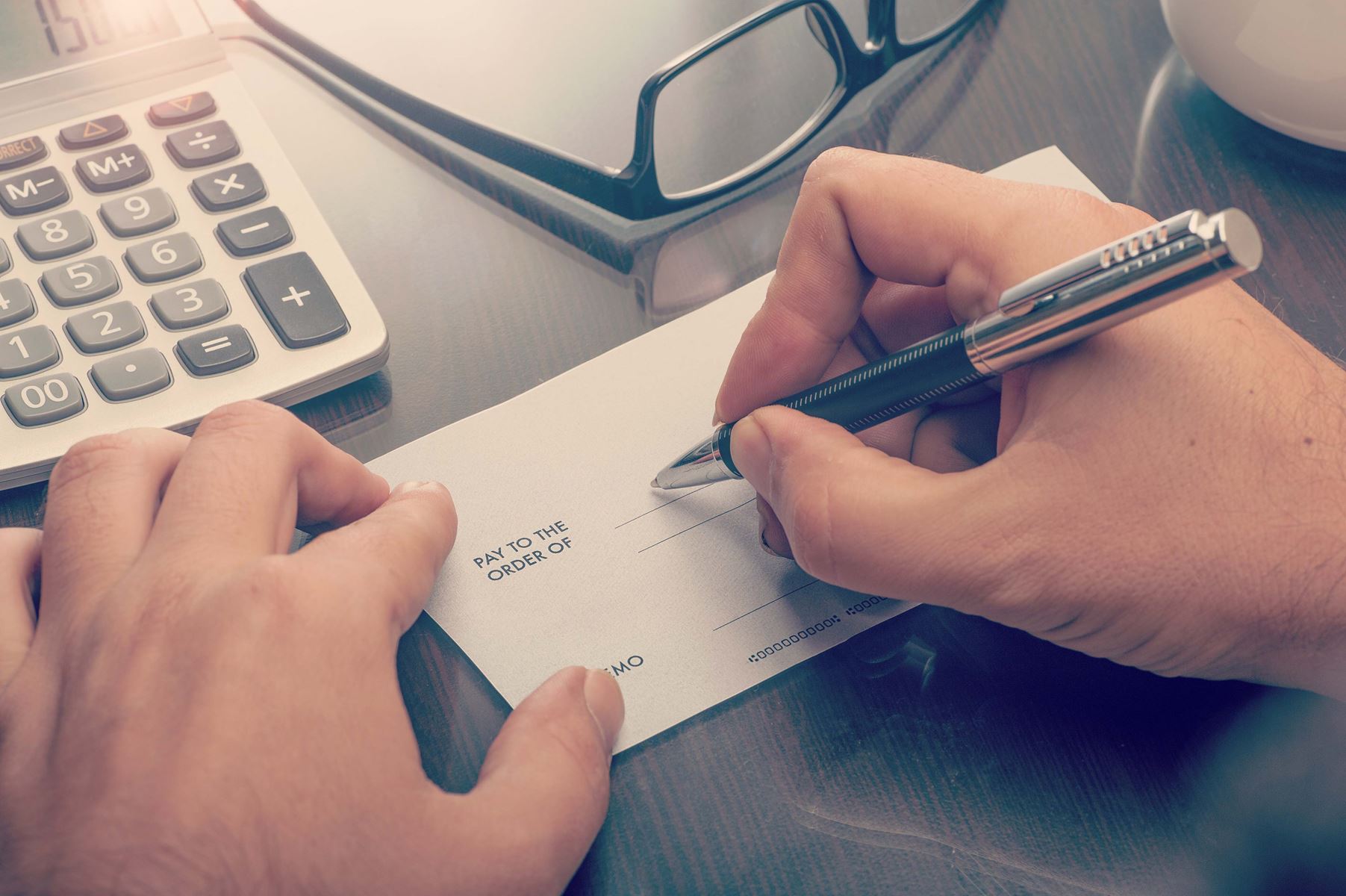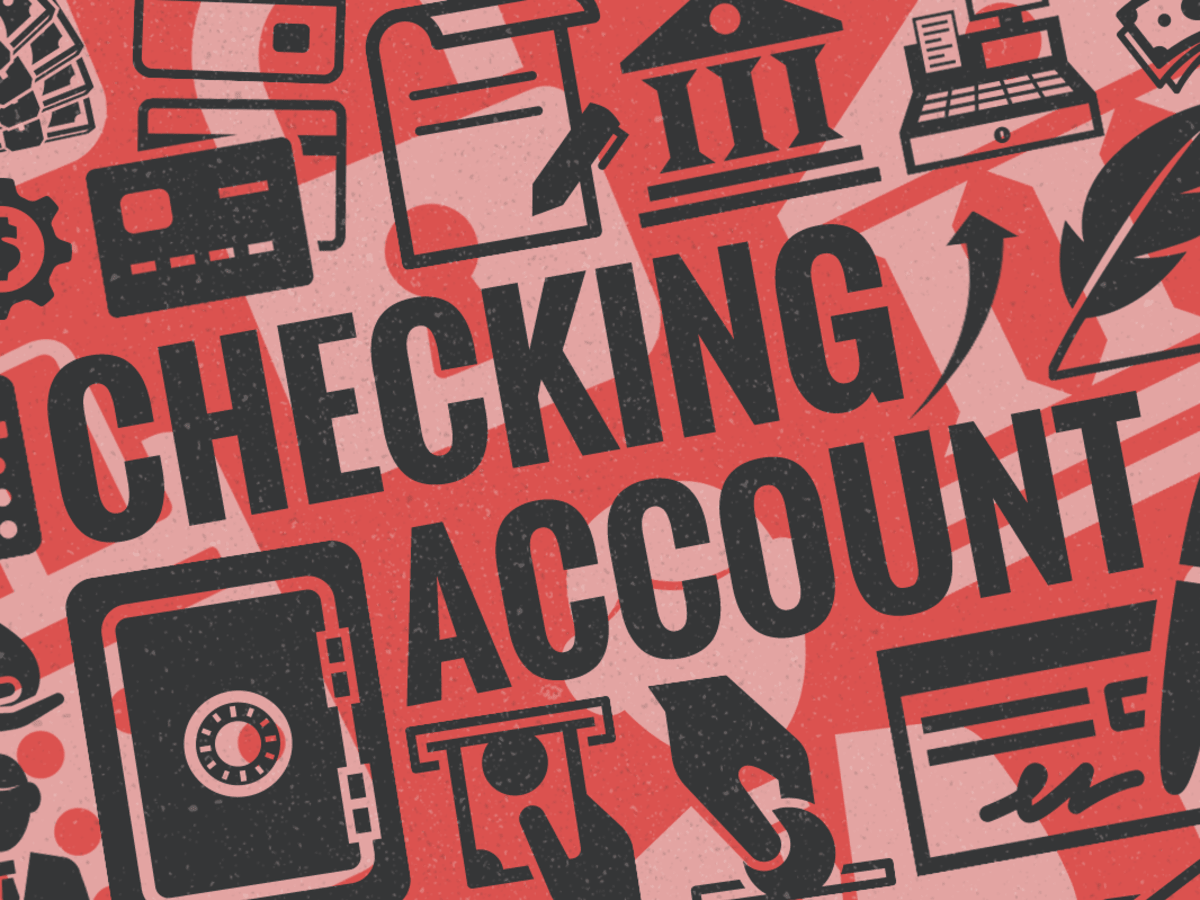What Are Checking Accounts? A Comprehensive Guide
Checking accounts are types of bank accounts that allow you to easily access your money. Unlike other kinds of bank accounts, such as savings, checking accounts often offer unrestricted withdrawals and deposits, making them an excellent alternative for covering your daily expenses.
Author:Emmanuella SheaReviewer:Frazer PughNov 10, 20232K Shares80.8K Views

Checking accountsare types of bank accounts that allow you to easily access your money. Unlike other kinds of bank accounts, such as savings, checking accounts often offer unrestricted withdrawals and deposits, making them an excellent alternative for covering your daily expenses.
Checking accounts, in return for their flexibility, often provide modest interest rates (if any) as compared to savings accounts, certificates of deposit (CDs), and other accounts that enable you to grow your money.
As a result, it's a smart idea to limit your checking account to the funds you'll need for everyday expenditures and monthly obligations. Everything else should be put into accounts with better earning potential.
What Are Checking Accounts?
A checking account is a sort of bank account that enables you to deposit and withdraw funds for everyday activities. This might entail depositing a check, withdrawing cash with a debit card, or setting up direct deposit for your paychecks.
Checking accounts are among the most liquid types of bank accounts, which means you have fast access to your money. They often enable limitless deposits and withdrawals (but depending on the bank, they may have daily maximums ranging from $300 to $5,000).
A checking account's principal goal is to keep your money in a safe location for the short term, so it's accessible when you need it to pay bills and other costs. You may have your paycheck deposited directly into your checking account and then transfer a part of your earnings to a savings or investment account where it can grow over time.
Checking accounts should not be utilized for long-term objectives such as saving for a home since the interest rate is so low, averaging around.04%. However, some banks may provide a range of checking account levels, so there is always the possibility of earning somewhat higher interest if you retain more money in your account.
How Checking Accounts Work
It is usually simple to open a checking account with a bank or credit union. You may apply online or in person at a bank location and generally acquire a checking account right away. Simply provide essential personal information, such as your Social Security number and identity.
The funds may then be deposited into the account using cash or a cheque. (Some checking accounts levy a fee if the minimum deposit amount is not met.) You will usually be given a debit card.
Following that, you may deposit and withdraw funds as needed via ATMs, cheques, or in-person transactions. You may also use your bank account to transfer funds or pay bills online.
The Federal Deposit Insurance Corp. (FDIC) guarantees funds in a checking account at a bank up to $250,000 per individual depositor, each insured bank. That implies your money will be secure if you have less than that amount and your bank collapses.
Any money in excess of the FDIC limit is in danger. The National Credit Union Association will protect your money in the same way if you open a checking account at a credit union.
Types Of Checking Accounts
Commercial Checking Account
The world of checking accounts unfolds like a map with different destinations, each catering to specific financial voyages. Among these, the commercial checking account stands as a sturdy vessel, navigating the seas of business expenses. With designated officers, managers, or employees at the helm, this account serves as a lifeline for business transactions.
Student Checking Account
For aspiring scholars, there exists a specialized haven—the student checking account. Crafted with the needs of college students in mind, it offers perks such as exemption from maintenance or minimum balance fees, acting as a compass as students chart their course through financial literacy.
Joint Checking Account
In the realm of shared finances, the joint checking account emerges as a collaborative vessel. Designed for couples or partners, it grants the authority for multiple individuals to contribute, write checks, and make deposits—a testament to the synergy of shared financial responsibilities.
Second Chance Accounts
For those seeking a second chance on their financial journey, second chance accounts beckon. Tailored for individuals facing barriers to traditional accounts, these come with specific restrictions and fees. However, they may not extend the safety net of overdraft protection, adding a layer of caution to the financial expedition.
How To Use Checking Accounts
Embarking on the journey of managing a checking account unveils a treasure trove of convenient methods to access your funds. Let's explore the avenues available to you:
- Write Checks:A classic method, allowing you to authorize payments with a stroke of your pen.
- Mobile Check Deposits:Seamlessly deposit paper checks using the bank's mobile app, transforming your smartphone into a financial ally.
- Debit Card Transactions:Make purchases effortlessly with a debit card linked to your account, enjoying the convenience of cashless transactions.
- ATM Card Access:Withdraw and deposit funds at your convenience using your ATM card, turning ATMs into virtual branches.
- Local Branch Visits:For a more personalized touch, visit your local branch to carry out withdrawals and deposits, connecting with the human side of banking.
- Online Bill Pay Service:Harness the power of online bill pay services to manage both one-time and recurring payments, adding a layer of digital finesse to your financial transactions.
- Automatic Payments:Streamline your financial obligations by setting up automatic payments for utilities and credit cards, ensuring timely transactions without manual intervention.
- Interbank Transfers:Seamlessly move funds to and from other bank accounts, fostering financial flexibility.
As you set sail into the realm of checking accounts, it's prudent to acquaint yourself with the diverse account types available. Delve into the practical aspects of maintaining a checking account, from the art of writing a check to mastering the delicate balance of your financial ledger.
This quick guide is your compass, navigating you through the choices and intricacies of choosing and managing a checking account tailored to your unique financial voyage.
Checking Account Services
Direct Deposit
Embracing the nuances of various financial tools is essential for optimizing your money management. Direct deposit stands out as a seamless conduit for employers to electronically channel funds directly into your bank account, ensuring swift access to your paycheck. However, the symbiotic relationship between banks and direct deposits unveils additional perks, such as free checking options.
Wire Transfer
In contrast, a wire transfer exemplifies the agility of electronic funds, seamlessly shuttling money between accounts without the need for physical cash exchange. This secure method of transfer eliminates the hassles associated with traditional modes.
ATMs
ATMs, omnipresent in today's landscape, offer unparalleled convenience for accessing cash at any time. Nevertheless, understanding the fee structures for out-of-network ATM usage is crucial to avoid unexpected charges.
Debit Cards
Debit cards, versatile and widely accepted, revolutionize payment methods by drawing directly from your bank account. Besides serving as a purchasing tool, these cards enable cash withdrawals from ATMs.
The added layer of zero-liability fraud protection provides a safety net against potential identity theft, making debit cards a secure financial companion.
As you navigate the diverse array of financial instruments, a nuanced understanding of each empowers you to make informed choices aligned with your financial goals.
How To Write A Check
Writing a check may seem like navigating uncharted waters for the uninitiated, but fear not—it's a straightforward process once you grasp the key elements. Let's embark on a quick journey to demystify the check-writing ritual:
- Date Placement:Begin by filling out today's date on the short line located at the top right corner of the check. This marks the temporal context of the financial transaction.
- Recipient Specification:In the space adjacent to "PAY TO THE ORDER OF," inscribe the name of the individual or entity slated to receive the monetary contribution. Precision here ensures the funds reach the intended destination.
- Numeric Declaration:Navigate to the box beside this line, accompanied by the dollar sign. Here, express the check's monetary value in numerals (e.g., 97.98). This numerical representation lays the foundation for the financial exchange.
- Literal Expression:Directly below, on the subsequent line, articulate the dollar amount in words (e.g., Ninety-seven and 98/100). Alignment with the numerical representation acts as a safeguard against tampering, demanding a comprehensive, uninterrupted inscription.
- Memo or Account Reference:Towards the bottom left, seize the opportunity to jot down a brief note for personal record-keeping. If prompted by a biller to include an account number, this is the designated space.
- Signature Finale:The bottom right hosts the pivotal line where your signature finalizes the check. An unsigned check stands as a sentinel against acceptance, emphasizing the significance of this concluding act.
Establish a consistent modus operandi for check completion, ensuring no element is inadvertently overlooked. Whether you follow a top-to-bottom sequence or adopt a personalized approach, maintaining uniformity streamlines the process, guaranteeing each check is a flawless embodiment of financial precision.
Choosing A Checking Account
Embarking on the quest for the perfect checking account involves a nuanced understanding of your financial landscape. Consider the following factors as your compass in this journey:
Account Fees Decoded
- Maintenance Fees:Some national banks may levy a monthly maintenance fee, but tread carefully, for hidden costs may lurk if your balance waltzes near zero. Opt for institutions with no minimum balance requirements to align with your spending habits.
- Overdraft Fees:A financial tightrope act, overdrawing triggers costly fees. Enroll in overdraft protection to shield yourself from this financial acrobatics and the accompanying fees.
- Minimum Balance Fees:Institutions may penalize you for breaching a specified account balance. Scrutinize the fine print to understand the varying minimums across different banks.
- ATM Fees:Venturing beyond your bank's ATM network can incur charges from both the ATM operator and your bank. Be wary, as the average cost of such withdrawals stood at $4.68 in 2018.
Incentives Unveiled
Beyond savings accounts, checking accounts can also be a source of interest and rewards. Delve into the world of interest-bearing checking accounts, where the interest rate is contingent on the account type.
Convenience Criteria
For the chronically time-strapped, the essence lies in accessibility. Optimal checking accounts seamlessly integrate into your digital life, offering online and mobile access. Effortlessly check balances, settle bills, and make deposits at your fingertips.
Customer Service Chronicles
In the tech-driven banking realm, online functionalities abound, yet challenges may beckon a quest for customer support. Navigate wisely by perusing online reviews, seeking a balance between perks and stellar customer service. A financial partner that delivers both proves invaluable.
As you navigate the multifaceted landscape of checking accounts, let these considerations be your guiding stars, steering you toward a financial haven tailored to your unique needs.
Frequently Asked Questions
Are There Any Checking Accounts Specifically Designed For College Students?
Yes, many banks offer student checking accounts tailored to the needs of college students. These often come with perks like no maintenance or minimum balance fees to assist students in managing their finances.
What Are The Common Fees Associated With Checking Accounts?
Checking accounts may incur various fees, such as maintenance fees, overdraft fees, minimum balance fees, and ATM fees. It's crucial to compare fees across different banks and choose an account that aligns with your financial habits.
Can You Explain The Concept Of Overdraft Protection For Checking Accounts?
Overdraft protection is a feature that prevents account holders from incurring fees when they withdraw more money than is available in their account. It serves as a safeguard against expensive overdraft fees.
Do Checking Accounts Offer Interest Like Savings Accounts?
Yes, some checking accounts, known as interest-bearing checking accounts, provide the opportunity to earn interest over time. The interest rate, however, varies depending on the type of account.
How Important Is Online And Mobile Access When Choosing A Checking Account?
For individuals with a hectic lifestyle, checking accounts with online and mobile access are essential. These features allow easy monitoring of account balances, bill payments, and deposits using mobile devices or computers.
Final Words
Consider whether to establish checking accounts with an internet or local bank. Lower costs, higher interest rates, convenience, and free ATM access are all advantages of using an online bank.
They do not, however, give in-person support, so you must utilize a touchtone phone menu to contact a live person. Online accounts are popular because of their comprehensive applications that allow for simple deposit, withdrawal, and transfer of funds.
Online banks with up-to-date security measures are equally as safe as traditional banks. To learn more about how a given bank safeguards your information, look up the bank's name and security and follow the link to their security center.
Compare account types, minimum balance requirements, and monthly maintenance costs when deciding between online and traditional banks. If you have any questions, speak with a bank representative in person, online, or via their customer care phone number.

Emmanuella Shea
Author

Frazer Pugh
Reviewer
Latest Articles
Popular Articles
